

Matt Campbell
2026 MG U9 review
6 Hours Ago
Lancia's CEO has said the brand will sell three cars in more European markets via an agency model after 2024.

News Editor
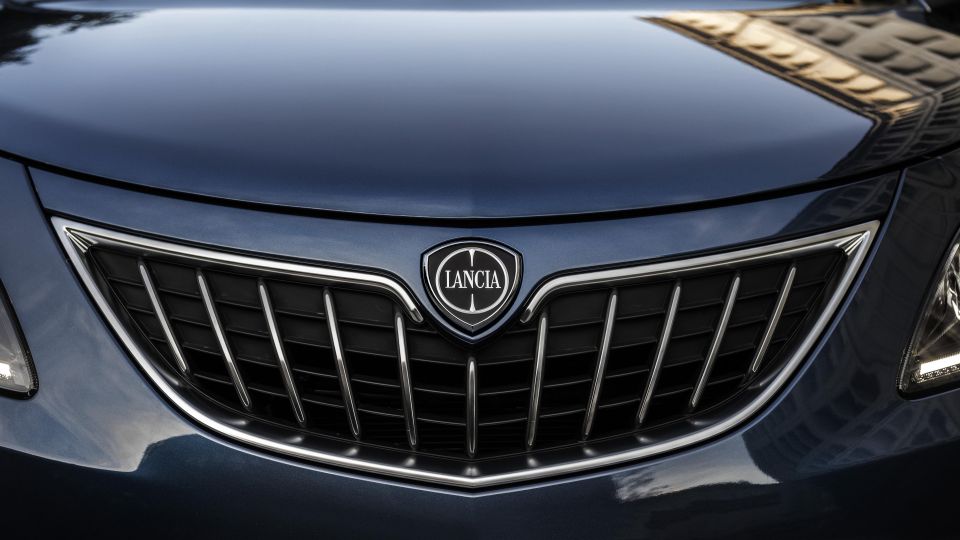

News Editor
Lancia will advance out of Italy once again, tackling the broader European market with a three-model line-up.
Automotive News reports the brand will begin selling cars outside of Italy in 2024, and will launch three new models by 2028 while employing an agency sales model.
Stellantis will reportedly unveil a detailed plan for its sprawling fleet of 14 brands in early 2022.
Lancia currently sells just one model – the 2011-vintage Ypsilon hatch, which shares its platform with the Fiat 500 – and the brand withdrew from all markets bar Italy in 2017.
A next-generation version is due in 2024. It’ll be the last Lancia with an internal-combustion engine, though it’ll use a 48V mild-hybrid system.
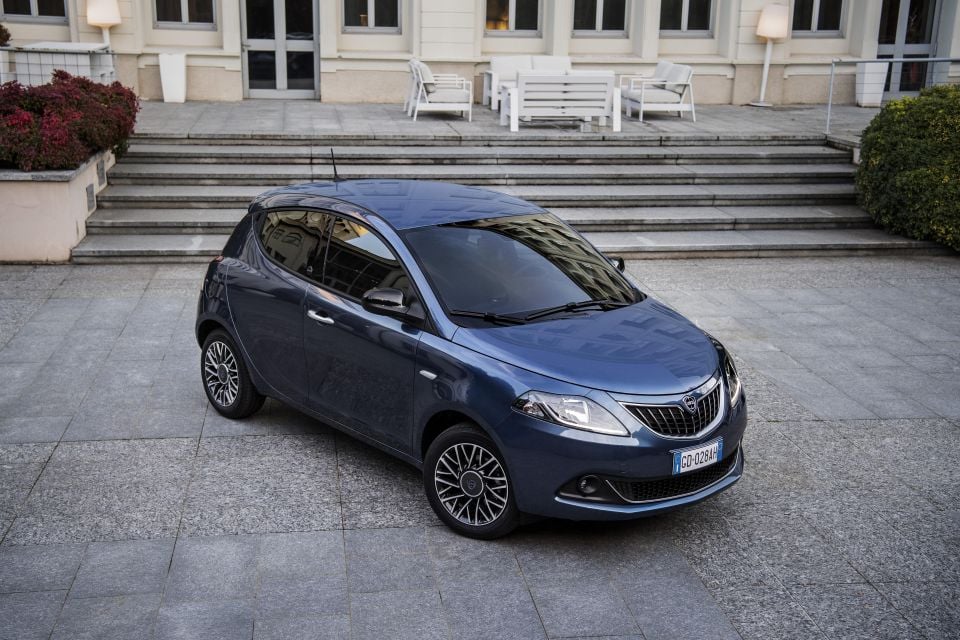
The five-door hatchback, measuring under 4m long, will also be offered with an electric version. It’ll likely be underpinned by the new STLA Small architecture.
In 2026, Lancia will launch electric crossover measuring 4.6m long, or as long as a Toyota RAV4, which could dust off the Aurelia nameplate.
The Delta name, last seen in 2014, will return in 2028 on a new small, electric hatchback measuring 4.3m long.
Lancia CEO Luca Napolitano told Automotive News the first export sales will be to Austria, Belgium, France, Germany and Spain, though UK sales will begin at a later date.
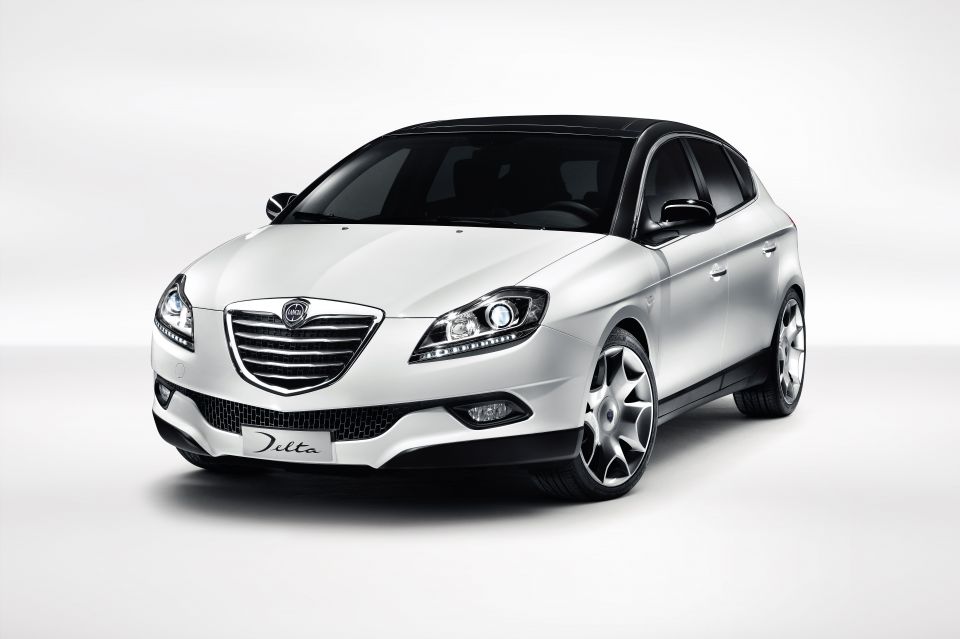
That suggests right-hand drive production is planned. Lancia last sold cars under its own nameplate in the UK in 1994, though the current Ypsilon and last Delta were sold there as Chryslers.
“We see Lancia as humble and determined, not weak,” CEO Luca Napolitano said of the brand, which sits alongside Alfa Romeo and DS in Stellantis’ stable of ‘Premium’ brands.
The new Lancias will be designed under the eye of Jean-Pierre Ploue and will offer an “understated, clean Italian elegance, with soft surfaces and great quality”, according to Napolitano.
Napolitano says he’s working with Alfa CEO Jean-Philippe Imparato and DS CEO Beatrice Foucher to find synergies between the brands but maximise differentiation.
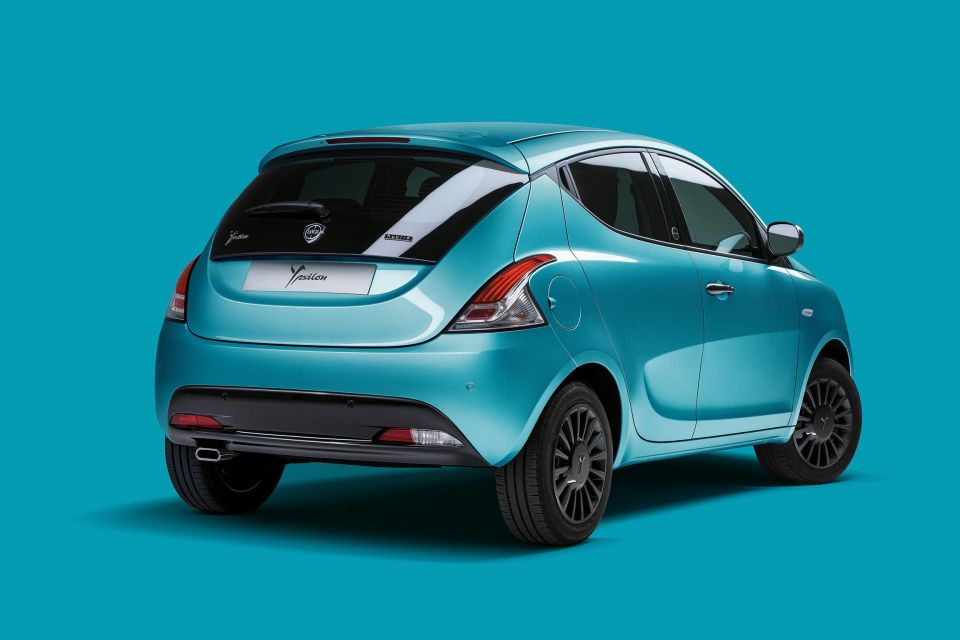
He expects future Lancia buyers to skew slightly older, more male, and more open to fresh concepts like EVs and online sales. Indeed, Napolitano expects Lancia buyers to also consider vehicles from Tesla, Volvo, and Mercedes-Benz’s EQ line.
Currently, two-thirds of Lancia buyers are women, with an average age of 45 and no children at home. Napolitano expects this to be split more evenly between men and women in future with an average age of 55 and at least one child still at home.
He told Automotive News he expects to see 100 small but dedicated showrooms in around 60 European cities. Lancia will move to an agency model from June 1, 2023.
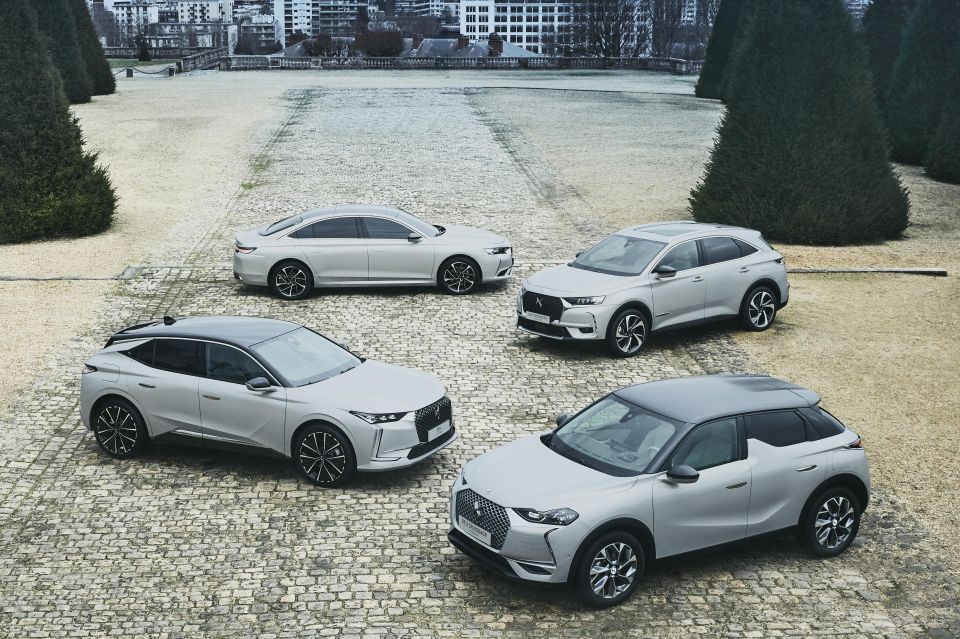
The Lancia Aurelia crossover is expected to be a similar size to the upcoming Alfa Romeo Tonale, set to launch in June 2022 on the Jeep Compass platform, as well as the DS 7 Crossback on the Peugeot 3008’s EMP2 platform.
Alfa Romeo is also set to introduce a smaller crossover, likely wearing the Brennero nameplate, with Alfa CEO Jean-Phillipe Imparato saying, “I can absolutely fight against Mini. Premium-ness is not a question of size.”
DS already has a smaller crossover, the DS 3 Crossback that shares its EMP1 platform with the Peugeot 2008.
The two new Alfa Romeo crossovers will give Alfa Romeo entries into important, high-volume segments, with Imparato saying the Tonale’s C-SUV segment represents 2.5 to 3 million annual sales in Europe and the B-SUV segment 2 million.
However, Imparato said he won’t build Alfa Romeo cars “that are not supported by a final customer order”, eschewing a volume-at-all-costs strategy in favour of a higher percentage of built-to-order cars.
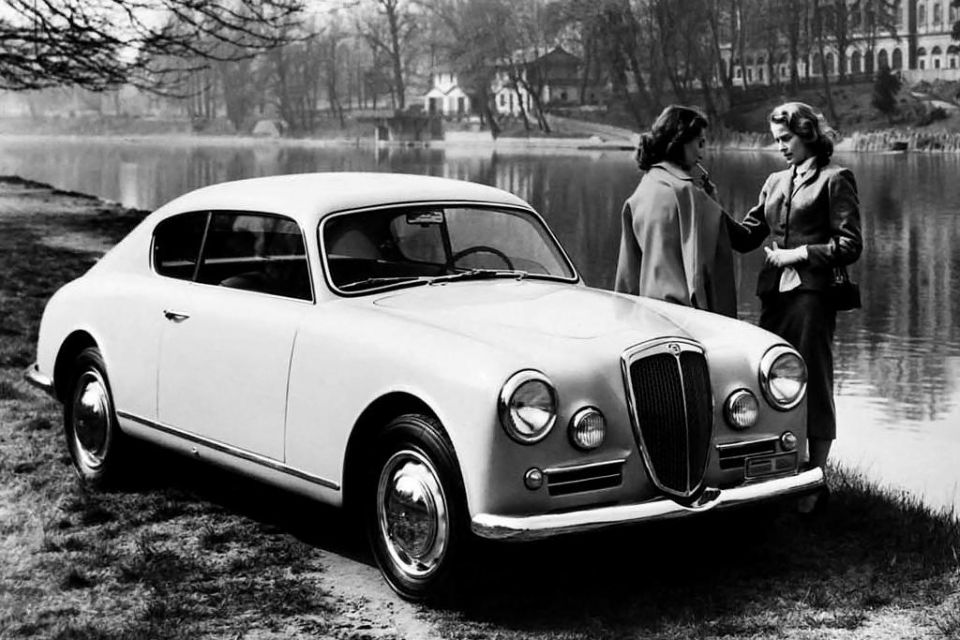
Should the new Lancia SUV wear the Aurelia nameplate, it’ll be the first Lancia Aurelia in over 60 years.
The Aurelia nameplate was last offered from 1950 to 1958 on a flagship sedan, coupe and convertible.
Lancia was known for its technologically innovative cars in this era, and the Aurelia was powered by one of the first production V6 engines.
The brand has resurrected old nameplates before.
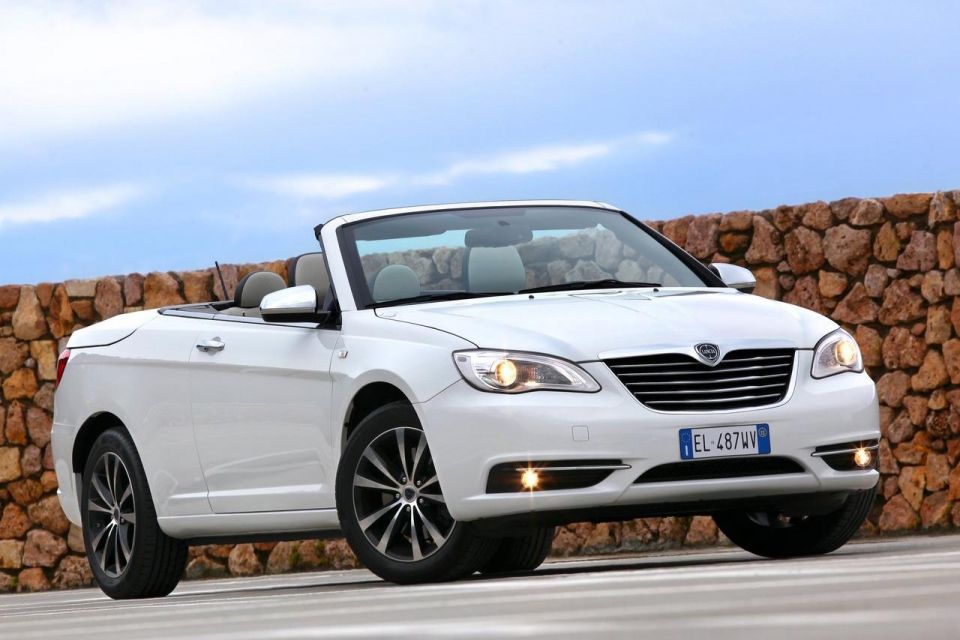
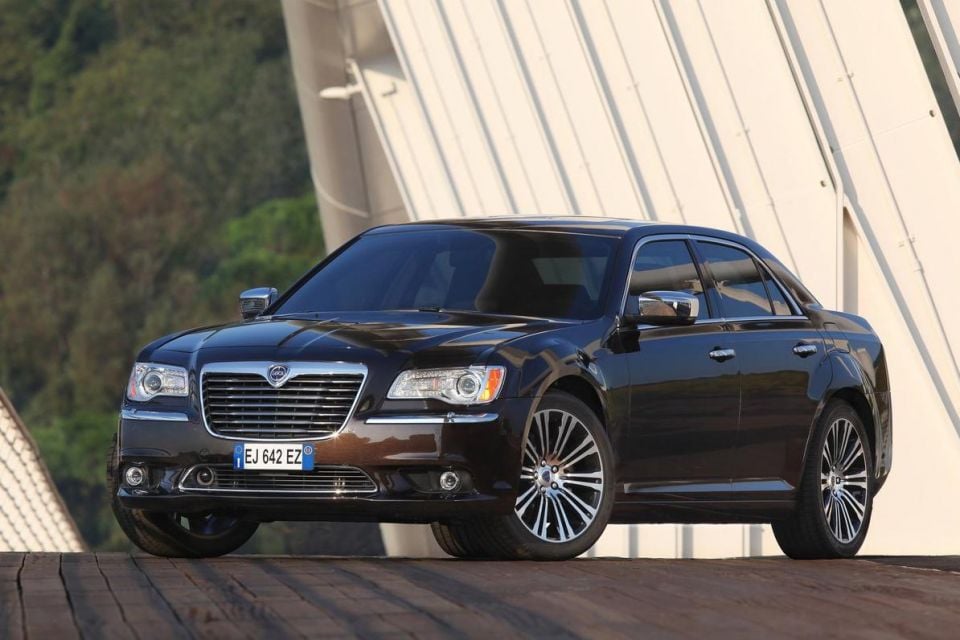
The 2011-14 Thema, a rebadged Chrysler 300, shared its nameplate with the 1984-94 executive sedan and wagon developed alongside the Saab 9000, Fiat Croma and Alfa Romeo 164.
Perhaps more shocking was the use of the Flavia nameplate from 2012 to 2014 on a rebadged Chrysler 200 convertible.
The name had last been used from 1961 to 1971 on an innovative executive car with four-wheel disc brakes and a Boxer engine, hardly common features at the time.
William Stopford is an automotive journalist with a passion for mainstream cars, automotive history and overseas auto markets.


Matt Campbell
6 Hours Ago


William Stopford
22 Hours Ago


Josh Nevett
23 Hours Ago


Ben Zachariah
2 Days Ago


CarExpert.com.au
2 Days Ago


Damion Smy
3 Days Ago